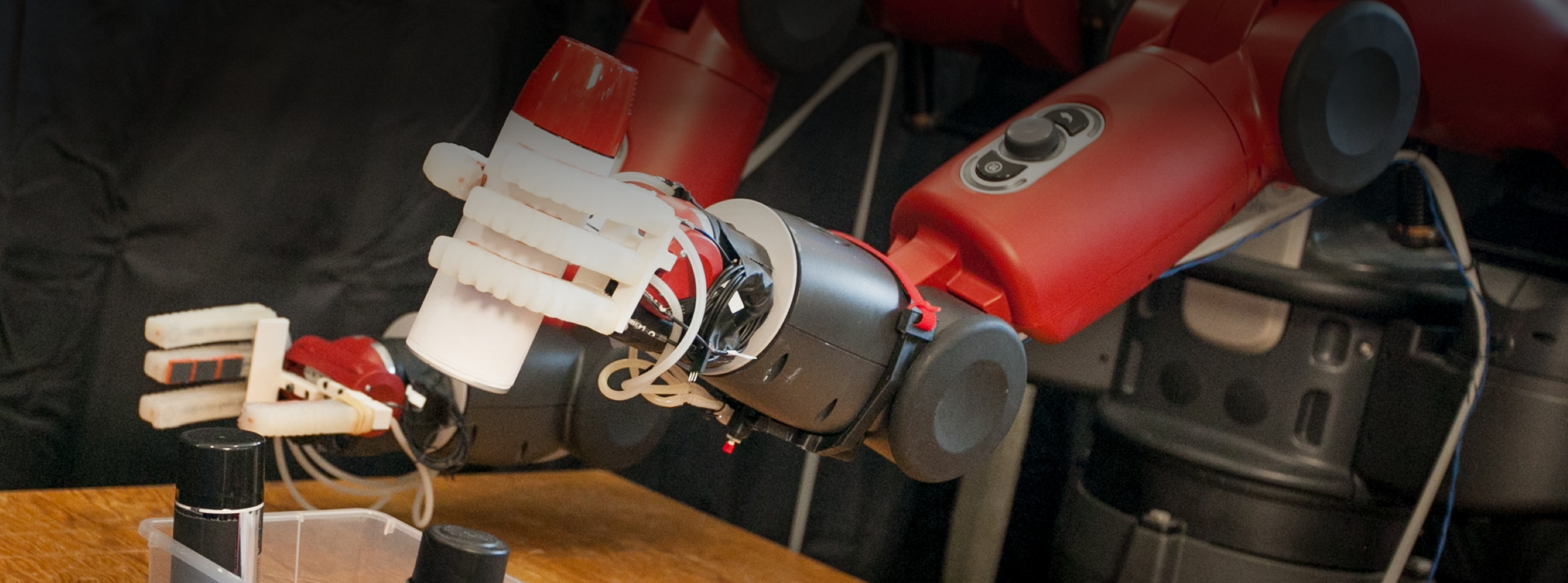Audrey Woods, MIT CSAIL Alliances | August, 25, 2025
Despite ChatGPT's seismic impact, researchers believe generative AI is still in its early stages and will transform industries and lives in ways we are just beginning to understand.
One area that is rapidly being reshaped by GenAI is biology, particularly single cell sequencing. MIT CSAIL Postdoctoral Associate Yongheng Wang is working at this intersection, applying GenAI to understand and interpret complex biological data, offering new insights, and more efficient ways to understand human health and the natural world. Dr. Wang is supported through the prestigious MIT-Novo Nordisk Artificial Intelligence Postdoctoral Fellows Program, which fosters innovative applications of AI in healthcare and life sciences.
A BACKGROUND IN ENTREPRENEURSHIP & A BIOINFORMATICS COPILOT
Dr. Wang’s research background spans diverse areas of biotechnology, including targeted drug delivery at MIT's Koch Institute for Integrative Cancer Research, peptide synthesis, cell therapy, and gene therapy. Before starting his PhD at the University of California, Davis, Dr. Wang worked at a venture capital firm focusing on biotech startups, where he became fascinated with emerging AI technology and passionate about applying it in the sciences, particularly to the high-dimensional data of single-cell sequencing.
“The human brain excels at processing 3D or 4D data, but faces challenges intuitively interpreting higher dimensions,” Dr. Wang explains. Take, for example, a sample of breast cancer tissue, which might contain 5,000 individual cells, each with 37,000 genes. “That’s a massive matrix—37,000 columns (genes) and 5,000 rows (cells)—packed with biologically meaningful patterns. But extracting insights manually is very time consuming." While traditional computational methods can analyze such data, the process has historically been slow and labor-intensive. “GenAI transforms this by automating visualization, interpretation, and even in silico (or using computer simulation) prediction—like forecasting gene expression changes after drug treatment without costly wet-lab experiments. It’s not just about scale; it’s about accelerating discovery in ways that were previously impractical.”
Empowering this new frontier of biological discovery, Dr. Wang and his colleagues in CSAIL’s Computational Biology Lab, led by MIT CSAIL Professor Manolis Kellis, have developed a bioinformatics copilot. This application can take in huge volumes of data and, based on simple text prompts and voice commands, generate scientific images, graphs, reveal biological insights, and even write academic papers. Since the data can be so gigantic—often terabytes of information—and because of privacy restrictions around sharing private clinical data, they’ve designed the copilot as a desktop application which can access local storage and be kept on a private server. The appeal of this technology is to “save human scientists’ time so they can work on more creative ideas,” expediting research and, eventually, accelerating pharmaceutical drug discovery.A key challenge in single-cell data analysis has been the extensive time required to process and interpret the complexity of the data, which has been a bottleneck slowing scientific discovery.
“When you treat cancer cells with a drug, it alters the expression of hundreds or thousands of genes. Expression levels go up or down.”. Using AI copilots like the one Dr. Wang has developed allows researchers to evaluate and predict patient responses to drugs. GenAI can automate the analyses, enabling a faster identification of biomarkers and the development of treatments for complex disorders such as Alzheimer’s (which affected Dr. Wang’s grandmother), heart disease, diabetes, and more.
Dr. Wang has found CSAIL to be an inspiring and invigorating place to work, referencing the famous MIT saying that being here is like drinking water from a fire hydrant. “There is an overwhelming amount of knowledge to absorb, and limited hours each day to take it all in.” Of the Computational Biology Lab, he says, “It’s been amazing—I’ve learned a lot from my labmates. Everyone has their own expertise.” Working with Professor Kellis has also been enlightening. “Professor Kellis is very passionate about using GenAI for single cell research,” a motivation Dr. Wang shares.
LOOKING AHEAD: RESEARCH OPPORTUNITIES & THE FUTURE OF THE FIELD
After his experience in both venture capitalism and lab research, Dr. Wang says he prefers working in academia, especially in the fast-moving field of generative AI. Inspired by role models at MIT, Dr. Wang aims to become a professor and support students who want to spin companies out of research ideas. His primary interest lies in early-stage innovation, taking ideas from concept to prototype. The three main areas he plans to focus on are: (1) developing treatments; (2) creating tools that empower biomedical researchers in the field; and (3) studying disease mechanisms and contributing knowledge that will lead to better drug design and diagnostic methodology. Broadly, he wants to expand the intersection between GenAI and single-cell spatialomics, which covers genomics, epigenomics, transcriptomics, proteomics, and metabolomics.
Overall, Dr. Wang believes universities are ideal places to catalyze change, where breakthroughs often emerge before practical applications. Without the immediate pressure to prove commercial viability, researchers can pursue long-term ideas that ultimately reshape entire fields. Academia not only fosters curiosity-driven exploration but also offers the unique reward of mentoring students. “It is fulfilling to witness and support students as they grow into independent researchers, building on their initial curiosity and potential,” he says. Working with the students reinvigorates Dr. Wang, bringing fresh perspectives and renewed energy to his research.
Between teaching, pioneering research, and translating discoveries into real-world applications, Dr. Wang reflects, “What excites me most is working at the intersection of scientific curiosity and tangible impact where our advances can make a real difference.”

